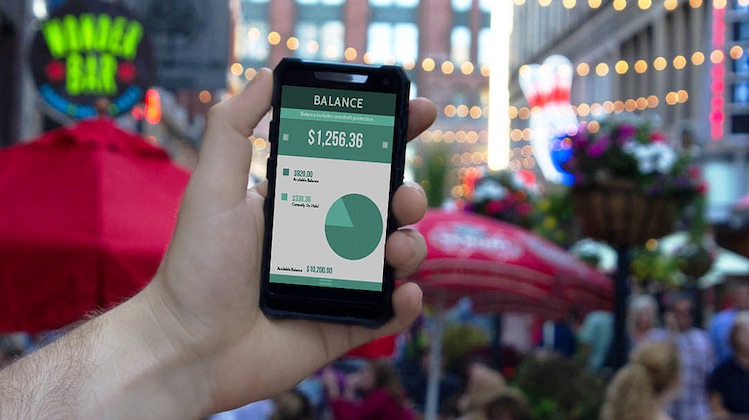The Customer Effect
Technology has opened up access to banking but can it stop the unbanked from falling through the cracks?
- The unbanked and underbanked do have more options now.
- But many of those options are too expensive.










